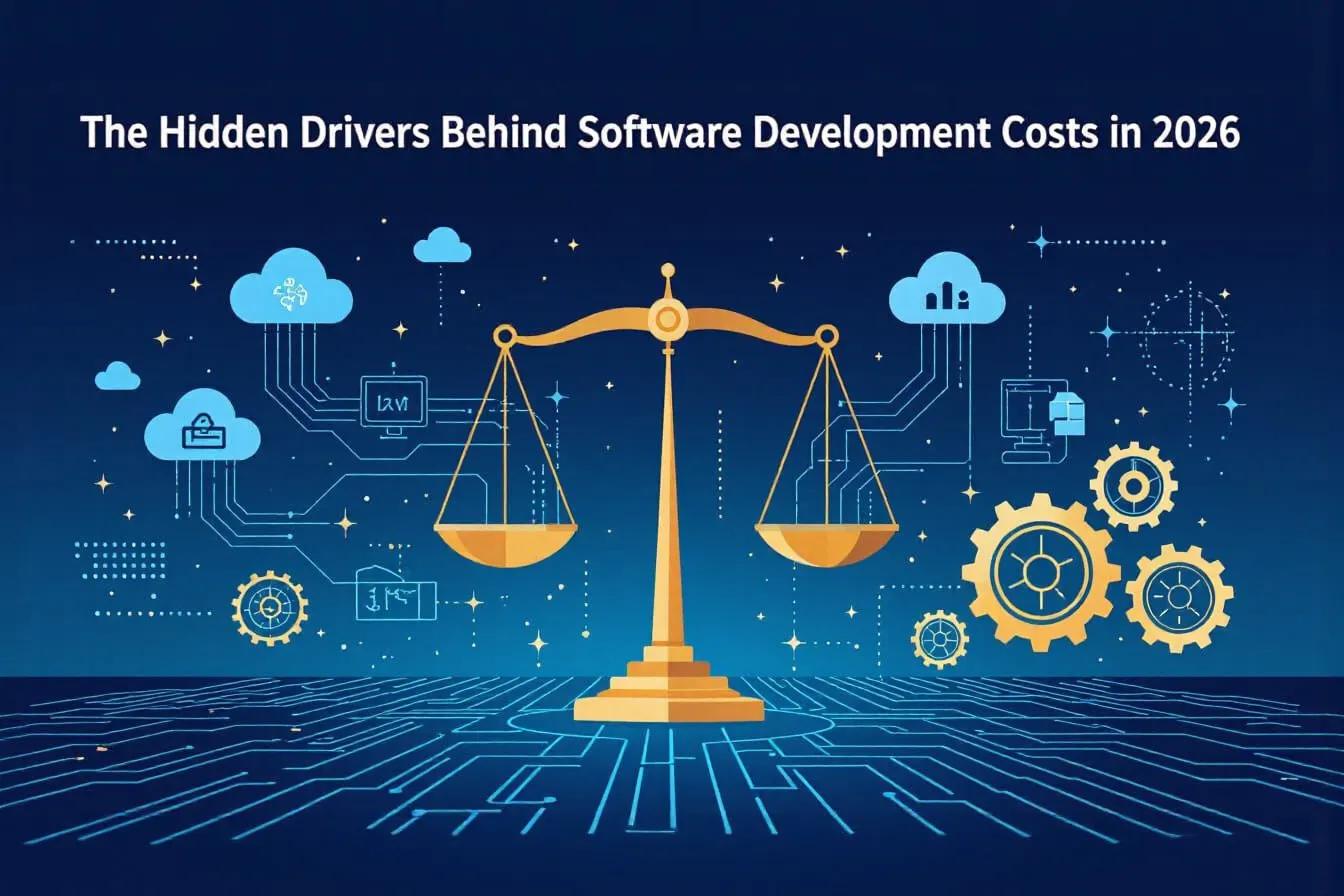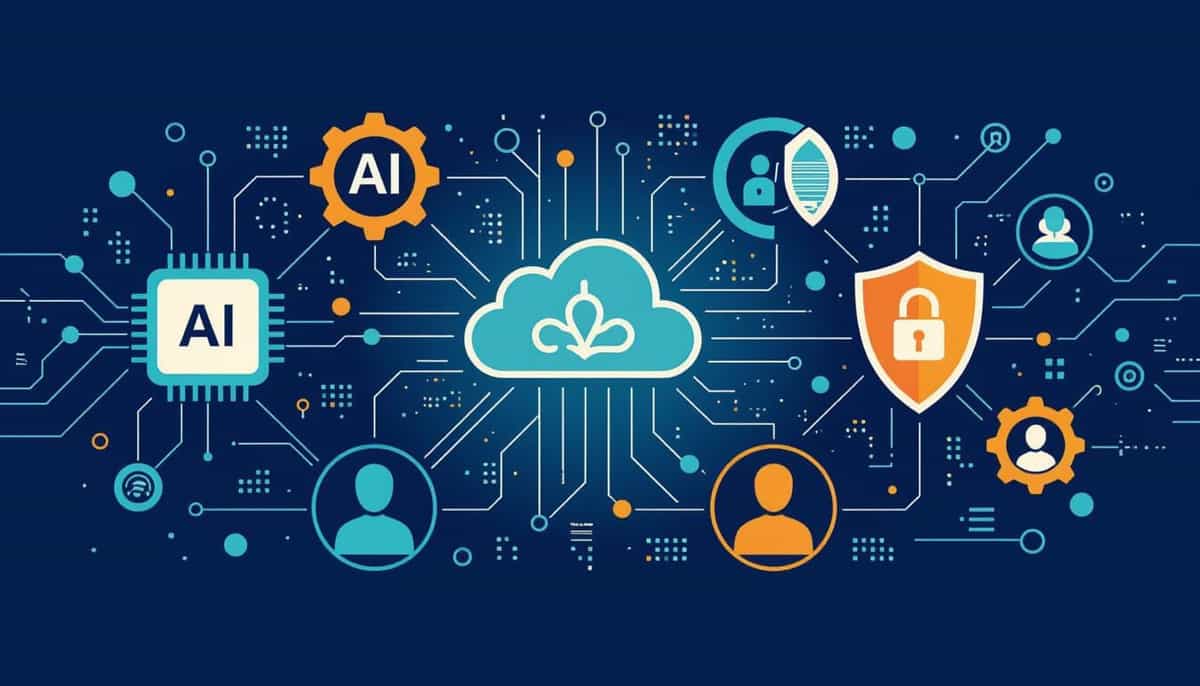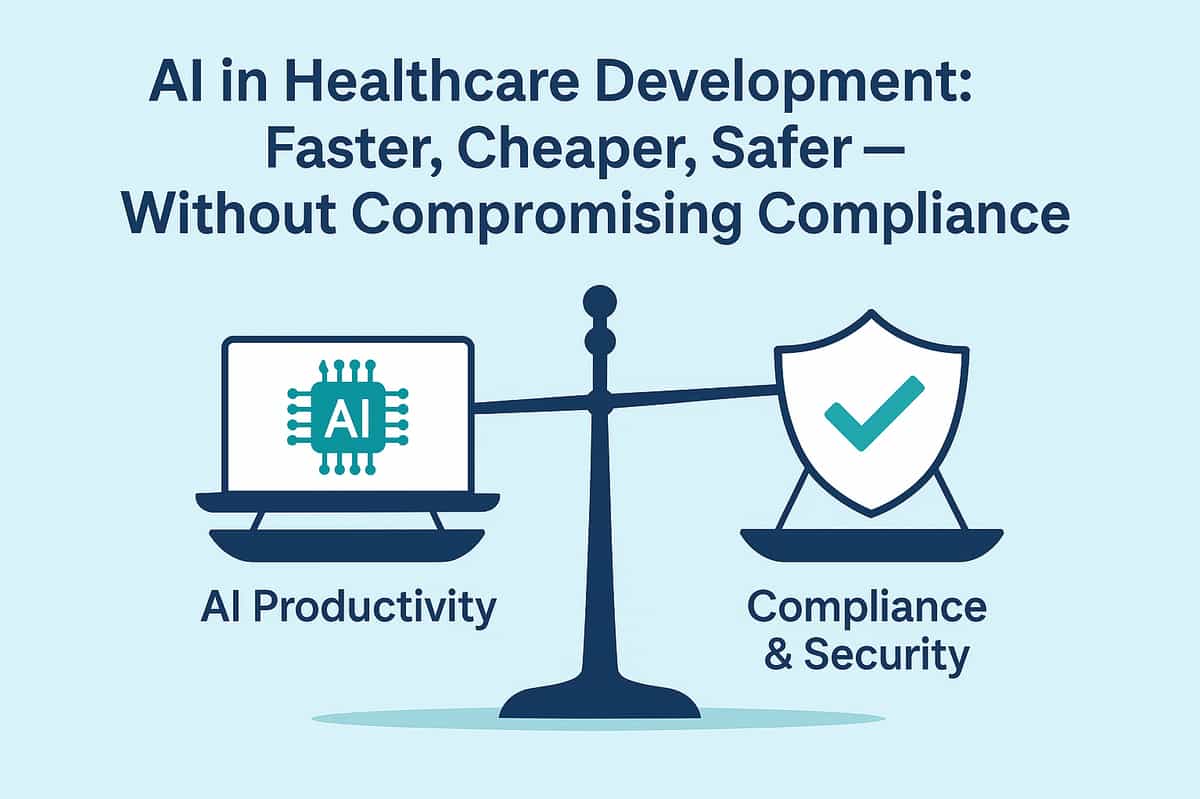Industries
9 Oct 2025
•by Code Particle
•5 min read

Every project starts with the same question: “How much will it cost?” But in 2026, that question has more layers than ever. The rise of AI, cloud-native design, and heightened compliance standards has transformed what drives software costs—and where smart companies can actually save.
Artificial Intelligence is both a cost driver and a cost reducer. Adding AI/ML features—from chatbots to predictive analytics—requires specialized skills, data preparation, and infrastructure. Yet when implemented correctly, AI drastically reduces manual work and accelerates delivery across entire product lifecycles.
Cloud-native development is now the standard for scalable, cost-efficient systems. While it may increase short-term setup costs due to containerization, DevOps, and security integration, it reduces long-term hosting and maintenance expenses through elasticity and automation.
SOC 2, HIPAA, and GDPR compliance aren’t optional anymore—they’re baked into project costs from day one. Security-first design prevents far costlier breaches, audits, and rebuilds later. Building with zero-trust frameworks and vulnerability scanning is now a baseline expectation.
Integration depth and scalability requirements outweigh app type in determining cost. Whether it’s an IoT platform, ERP modernization, or AI-powered SaaS, the real expense lies in custom workflows and cross-platform compatibility.
Developer talent remains the single largest line item in software budgets—often 50% to 60% of total cost. Highly skilled engineers, especially in AI, data, and cloud-native architectures, command premium rates but deliver long-term ROI through better code quality and maintainability.

Reducing cost doesn’t mean cutting corners. The most efficient teams focus on:
These strategies improve delivery speed and reliability while keeping quality intact.
In 2026, AI isn’t just something you build into software—it’s something you build with. AI developer agents, intelligent testing tools, and automated code review systems are cutting delivery times by up to 30%. The companies embracing AI-enhanced development today are already seeing faster ROI and lower operational costs.
The next wave of cost and innovation will be driven by:
The future isn’t just about building software—it’s about building smarter, faster, and safer systems that adapt as the tech landscape evolves.
Software cost shouldn’t be viewed as an expense—it’s a strategic investment. Companies that prioritize scalability, compliance, and AI-driven efficiency today will spend less over time and stay competitive in the decade ahead. The smartest organizations in 2026 won’t just ask “how much does it cost?” but rather “how much value will it create?”

26 Sep 2025
How AI-Enhanced Application Developers Build Apps Faster and Smarter

3 Oct 2025
Why Healthcare Companies Shouldn’t Use SaaS AI Tools for Coding

29 Sep 2025
The Hidden Costs of Using AI in Software Development